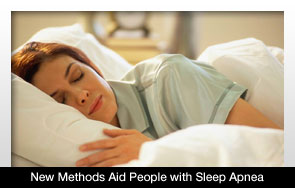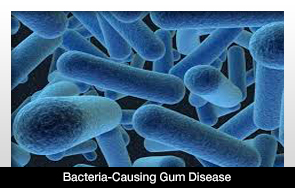 |
New research suggests that sleep apnea patients saw their condition improve more with a mandibular advancement splint (MAS) and positive airway pressure (PAP) than with solely using continuous positive airway pressure (CPAP).
The information was presented at the 20th Anniversary Meeting of the American Academy of Dental Sleep Medicine in Minneapolis.
The results indicated that without lowering the pressure significantly, continuous positive airway pressure tolerance can be improved. It means that people with obstructive sleep apnea can receive a mandibular advancement splint, which enables the nasal pillows to stay in place.
This information was generated after analyzing data from 10 male and female patients. Polysomnogram data was created by treating them in various ways. The apnea-hypopnea index registered 66 breathing pauses per hour of sleep before the treatment began. On average there were 4.4 events with CPAP, compared with 2.6 with the treatment combining MAS-PAP.
Another scale used to measure sleep is the Epworth Sleepness Scale (ESS). The numbers dipped to 4.9 after starting at 10.1 and falling to 7.9 before ending at 4.9.
The period of sleep time in which oxygen saturation was less than 90 percent fell to 3 percent of the time with the MAS-PAP treatment. Comparatively speaking, it was 20.8 percent before treatment and 11.5 percent with PAP.
Many reasons for sleep loss were reported with the CPAP treatment. The reasons included “can’t keep in place,” “unconsciously remove,” “mask leaks,” “mask uncomfortable,” “claustrophobia,” and others. The only issues with the new method of treatment are that it was also unconsciously removed and that the pull of the hose applied unwanted force to the teeth.
The new method of treatment leads to better overall quality of sleep for people with obstructive sleep apnea, something previous treatment couldn’t accomplish.
This research, led by John White, DDS, earned the group the Clinical Research Award at the meeting.

|











